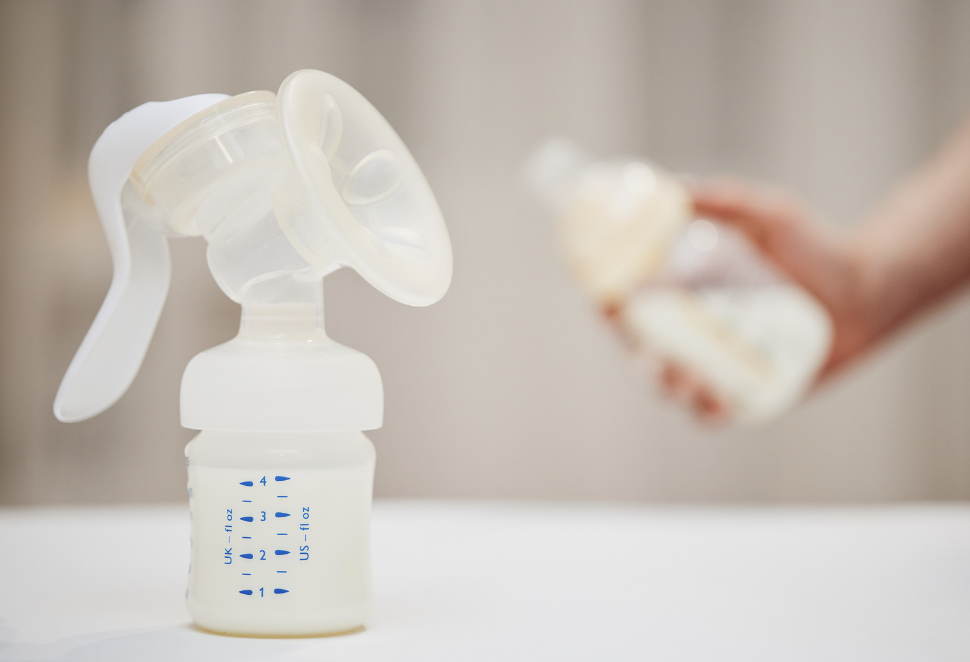As mothers, we prioritize giving our newly born healthy and nutritious food. Breast milk is the best choice for this because breast milk contains lots of nutrients and ingredients necessary for the healthy development of infants. In addition, breastfeeding has many bioactive factors and is associated with improved immune development, low mortality rates, and less prevalence of gastrointestinal diseases.
Breast milk composition and its important
Breast milk contains essential macronutrient nutrients like carbohydrates, proteins, and fats. Moreover, it has water to keep the baby hydrated. These nutrients help a baby in different ways. Proteins improve growth and the immune system and protect neurons in the baby’s brain. Oligosaccharides act as prebiotics, preventing infections from entering the bloodstream and lowering brain inflammation risk. Long-chain fatty acids help with brain and eye development.
Enzymes are catalysts that speed up chemical reactions in the body. It also helps in digestion and the immune system and helps absorb iron. Breast milk also contains hormones that help an infant regulate appetite, sleep patterns, and signals between tissues and organs for proper working. Breast milk also contains antibodies that protect a baby from illness and infections by neutralizing bacteria and viruses.
Develop strong teeth and bones; vitamins and minerals play an essential role. MicroRNAs regulate gene expressions and play a role in remodeling the breast. As a result, breast milk helps in decreasing obesity in industrialized countries. In addition, breast milk reduces mothers’ risk of breast cancer and type-2 diabetes and helps us develop a bond with our children.
Breast milk variations with time
1. Colostrum
Immediately after the birth of a baby, the breast starts producing thick, sticky, and yellow milk. It is very nutritious and protects the infant by boosting immunity. Colostrum is significantly less in amount but easy to digest, contains higher levels of antibodies and white blood cells, and acts as a vaccination for the baby. When a baby is born, the stomach has a permeable gut lining which colostrum seals and coats; otherwise, the child is at risk of having infections and gut-related diseases. It is richer in many proteins, vitamins, and minerals than mature milk. In addition, it contains laxatives which help the baby to pass the first poo.
2. Transitional milk
After a few days of the delivery, the quantity of milk production increases, the breast size eventually increases, and the breast becomes firm and full. From day 5th to 14th, the breast milk changes to transitional milk. It becomes creamy in color and texture and contains more fats, calories, and lactose.
3. Mature milk
When our baby turns one month older, the breast milk changes into mature milk consisting of lots of minerals, enzymes, hormones, antibodies, and live cells. So when your baby becomes ill, the antibodies will protect the baby and become a part of the mother’s breast milk.
4. Foremilk and hind milk
Sometimes we notice that the milk becomes thick and fatty at the end of the feed due to the gradual increase in fat; this is called hind milk. However, the watery milk is called foremilk at the beginning of feeding. Both are essential components of a completed feed.
Conclusion:
Breast milk improves immunity by providing bio-factors, enhancing the quality of life. Breastfeeding is compulsory due to its immense health benefits as it is specially designed for human babies and has an ideal composition to nurture them. Moreover, the composition of breast milk changes with the requirements of babies throughout the feeding regime, making it the perfect food for newly born babies.

